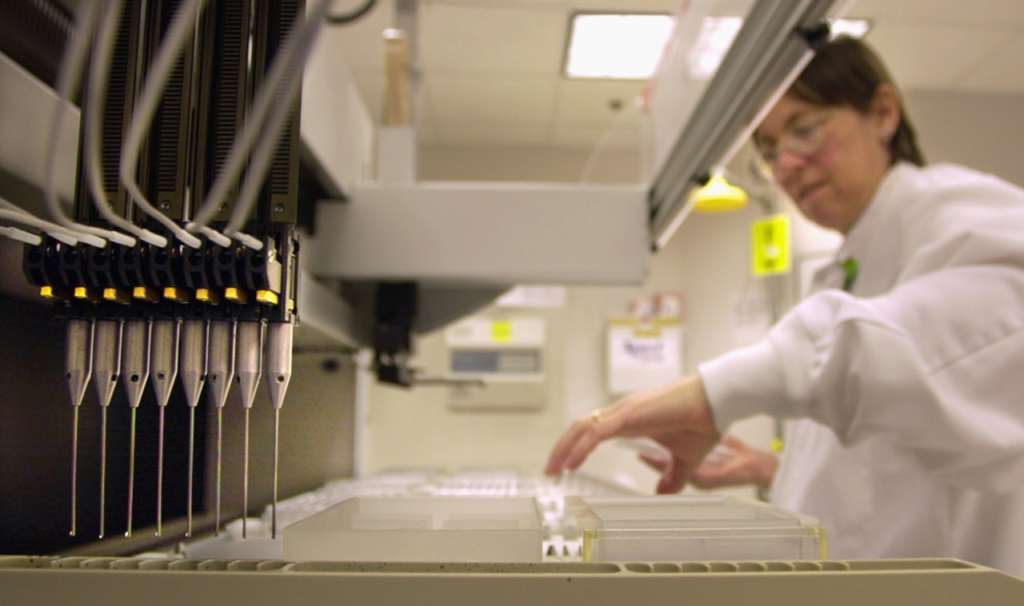London – Scientists said they developed a new technique in hair fiber analysis with a more refined scientific technique that could reveal much about a person’s lifestyle.
According to the scientists, this could potentially provide investigators with vital clues about a person’s age, sex, body mass, diet and exercise habits that could help them hone in on potential suspects.
Researchers of West Virginia University presented their work at the 253rd National Meeting & Exposition of the American Chemical Society (ACS); the largest scientific society with about 14,000 studies and reports presented to yearly.
Glen P. Jackson, Ph.D. of West Virginian University said that the new methods will reveal: “Who you are, where you’ve been, what you eat, what drugs you take — it all shows up in your hair.” He added that the chemical analysis of human hair can provide amazing insights into the life and lifestyle of a person.
Forensic hair analysis was once an important part of criminal investigations and courtrooms. The technique relied on microscopic examination of hair color, thickness and curvature to identify suspects and link them to crime scenes. A lot of this method’s critics argued that hair analysis is subjective and that experts have overstated its reliability.
In a recent review conducted by the US Department of Justice, 90 percent of hair examiners’ testimonies in criminal trials contained erroneous statements. As a result, several people who were convicted based on hair-sample analysis were later found to be not guilty.
Jackson says forensic investigators still collect hair samples but rarely use them anymore. He explained that hairs found at crime scenes often don’t have enough viable DNA in them for analysis. And even if DNA is available, a matching sample might not be found in existing criminal databases.
Researchers decided to use liquid chromatography in conjunction with isotope ratio mass spectrometry (LC-IRMS), to measure the ratio of isotopes within the 21 amino acids found in keratin, the primary constituent of hair. This method is not too difficult for a technician to perform and can be easily performed in crime labs.
